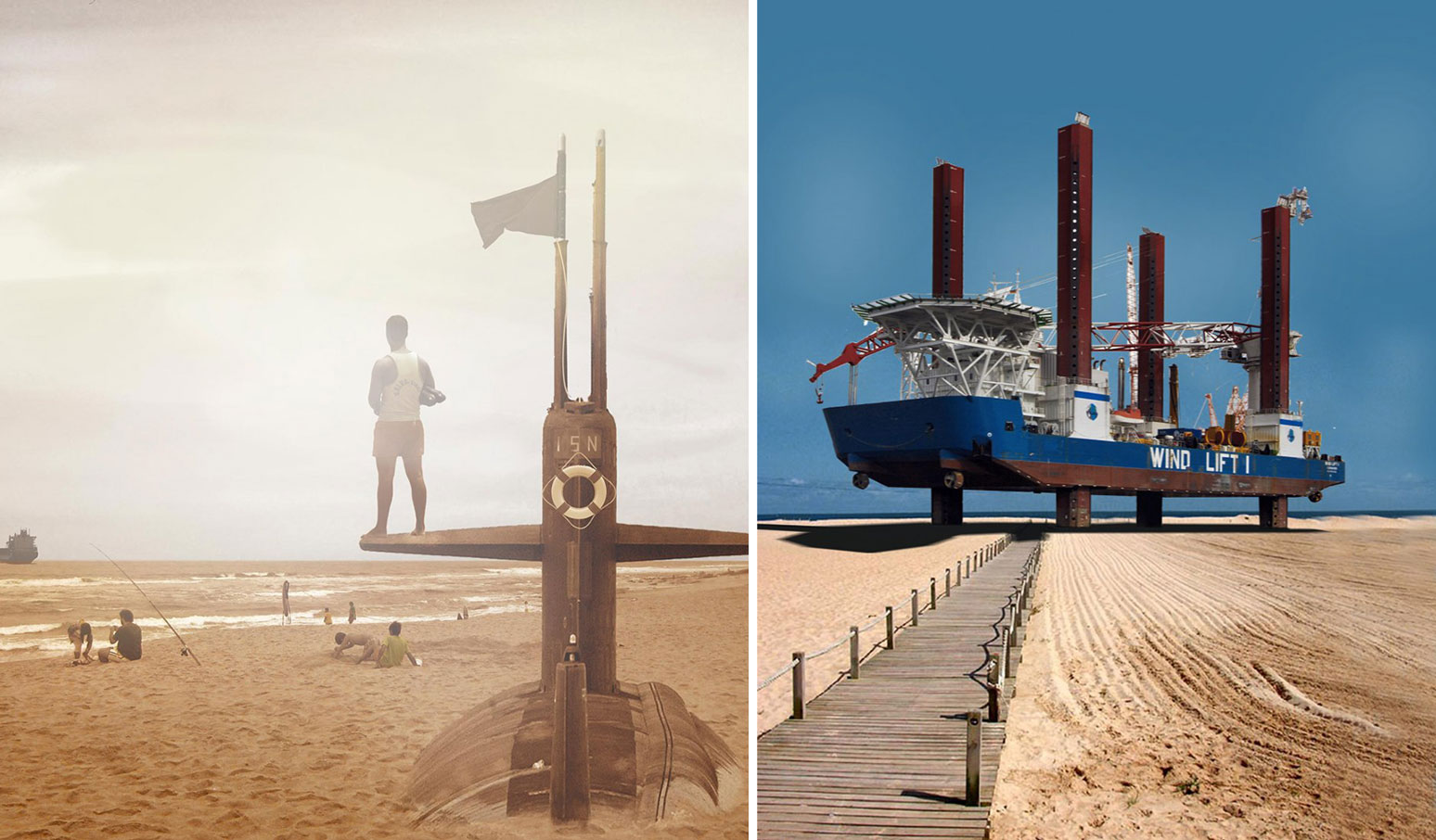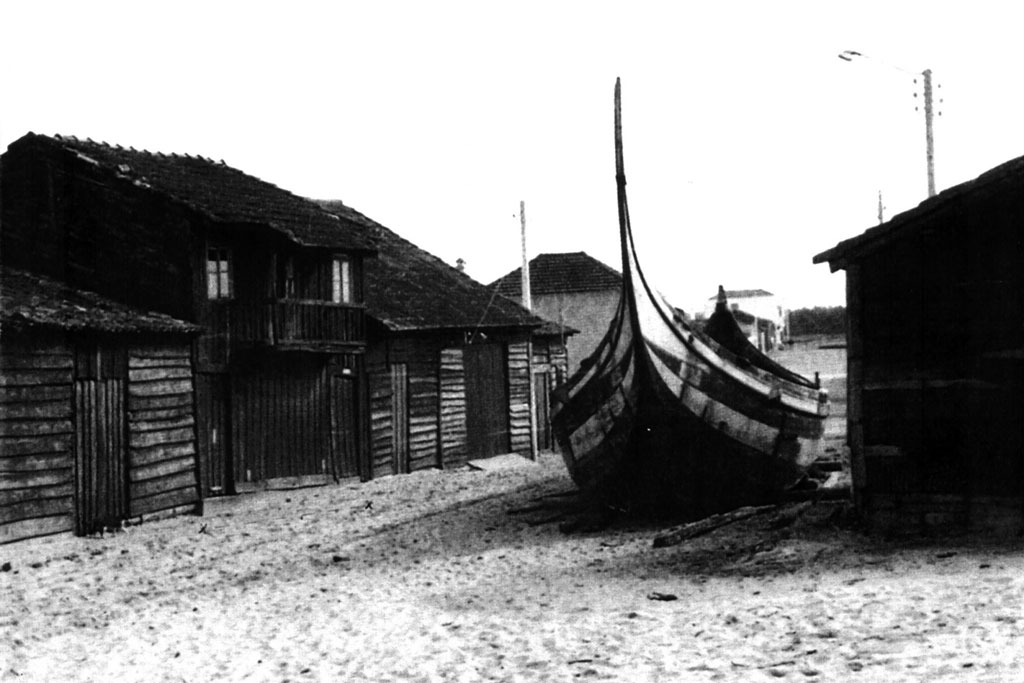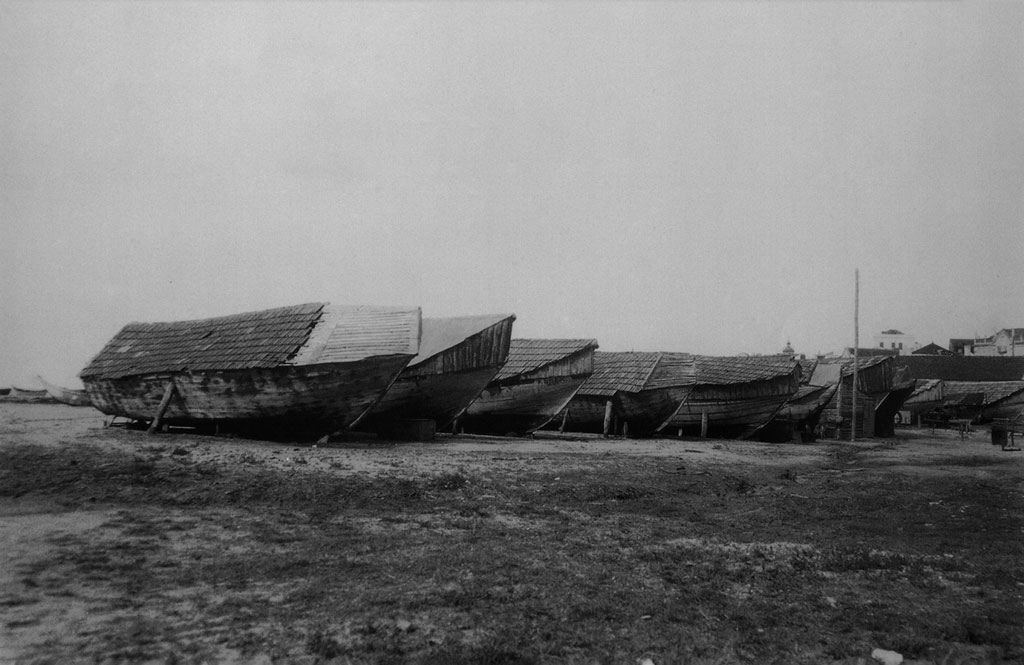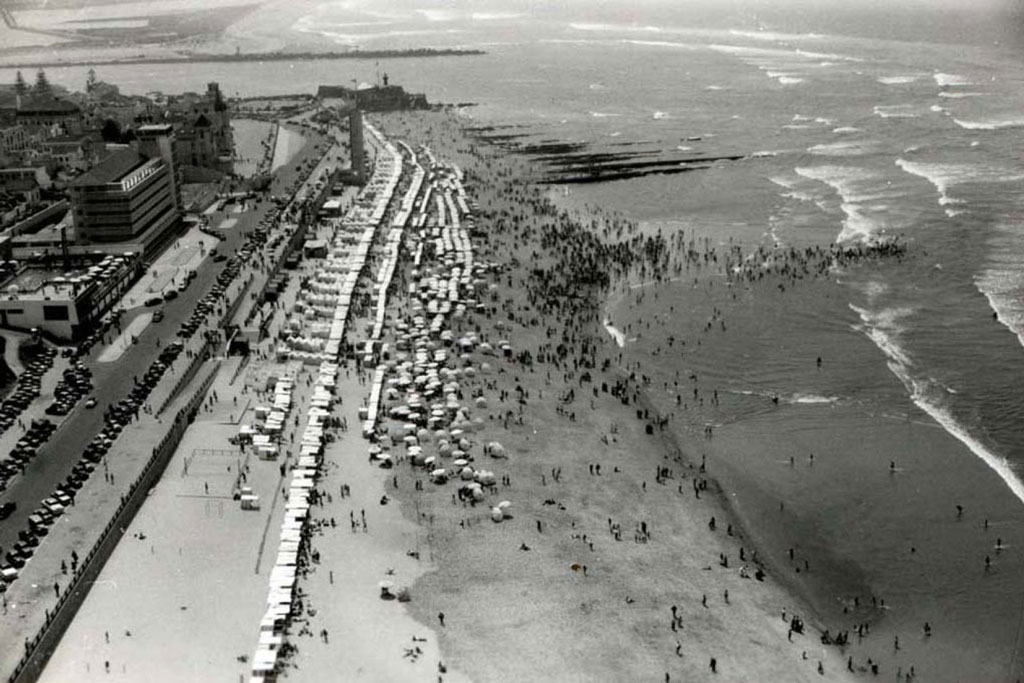ART CITIES:Lisbon-Our Land Is The Sea
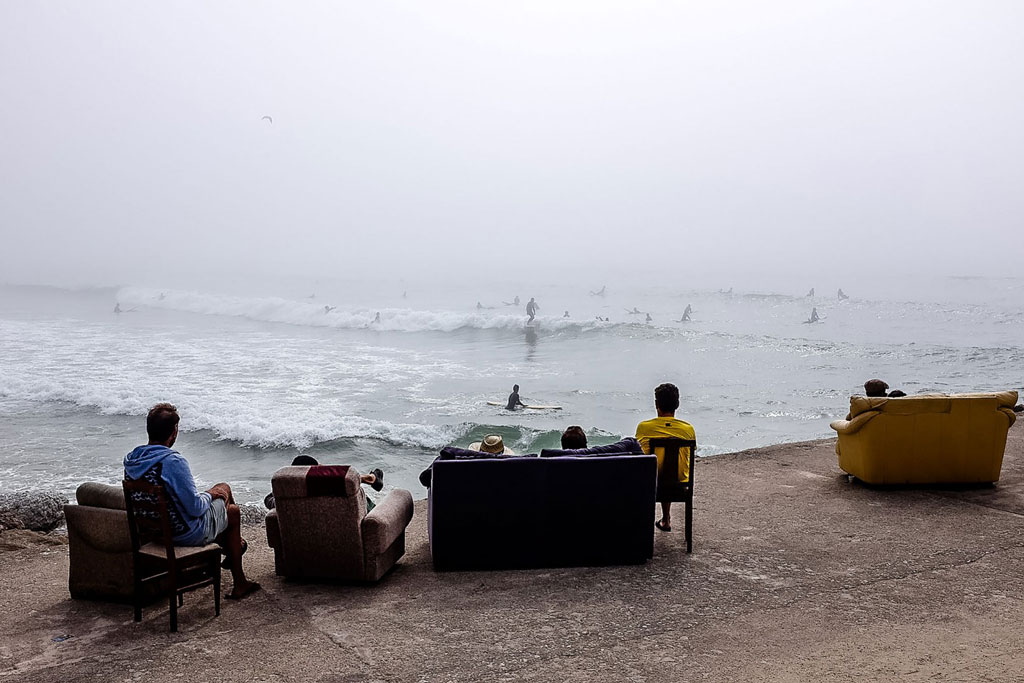 We are faced with an environmental emergency and the sea is a location where the fundamental forces of change are played out. The sea determines how we live on land. Faced with this fact, a group of architects has developed an original perspective on the sea; deducing from its natural dynamics the coordinates to understand – among other critical aspects to everyday life – coastal erosion, the relationship between cities and the sea, port trade flows, the sea as a global communications route, and the infrastructures that exploit marine resources.
We are faced with an environmental emergency and the sea is a location where the fundamental forces of change are played out. The sea determines how we live on land. Faced with this fact, a group of architects has developed an original perspective on the sea; deducing from its natural dynamics the coordinates to understand – among other critical aspects to everyday life – coastal erosion, the relationship between cities and the sea, port trade flows, the sea as a global communications route, and the infrastructures that exploit marine resources.
By Dimitris Lempesis
Photo: Garagem Sul Archive
The exhibition “Our Land Is The Sea – The sensitive construction of the coastline” is an invites us to shift our usual point of view, and think about land from the perspective of the sea. What can we learn from this perspective, which, instead of contemplating the horizon, examines the relationships between natural forces, human activities, and the functioning of ecosystems? This exhibition highlights the need to better understand the spaces in which we live and to adjust the ways in which we transform them. Inverting our perspective requires us to think about what we build in relation to one of the planet’s critical spaces: the sea. The exhibition is organised in several sections: “Sensitive Line”, “Sand”, “Rock”, “City”, “High”, “Shore”, “Legislation” and “Surf”. The examples are concentrated, mainly but not exclusively, on the Portuguese coast. A set of 15 films is presented that highlights the dynamic relationship between human activity and maritime flows. In parallel with this video installation, the exhibition rooms showcase projects for dune and port constructions, connecting them to natural phenomena ranging from coastal geomorphology to the Azores Peak. This underlines the relationships between two types of coastline (sand and rock) and the shape of the waves that the combination of these dynamics produces; as well as our different ways of negotiating the water (inshore and high-sea navigation) and of building the territory associated with each of these modalities. These observations converge in a synthesis – city – that is presented in two project proposals for the coastal city of Figueira da Foz. These projects reveal how architectural thinking is fundamental to determine and transform the relationship between the city and the sea. These proposals and the legal protection of the most unique waves in Portugal (the longest, the highest and the most tubular) are examples of the need for citizen participation in configuring the spaces in which we live. The exhibition concludes with an observation of the cultural proximity between traditional xávega fishing* and surfing, highlighting the direct relationship between humanity and the sea. The way in which we deal with the ocean swells and waves influences how we build our homes and the spaces in which we live.
* The xávega is an artisanal fishery made by trawling from the beach, carried out by human force, with the use of a yoke, or, more recently, by tractors. This method continues almost the same as it was performed more than 100 years ago, with the human strength of a minimum of 16 people to pull the “calas” (cables used to draw out the nets).
Info: Curators: André Tavares and Miguel Figueira, Garagem Sul-Centro Cultural de Belém Foundation, Praça do Império, Lisbon, Duration: 10/3-9/8/20, Duration Tue-Sun 10:00-18:00, www.ccb.pt
Garagem Sul-Centro Cultural de Belém Foundation is temporarily closed until the end of April 2020 due to the situation with the new coronavirus.
